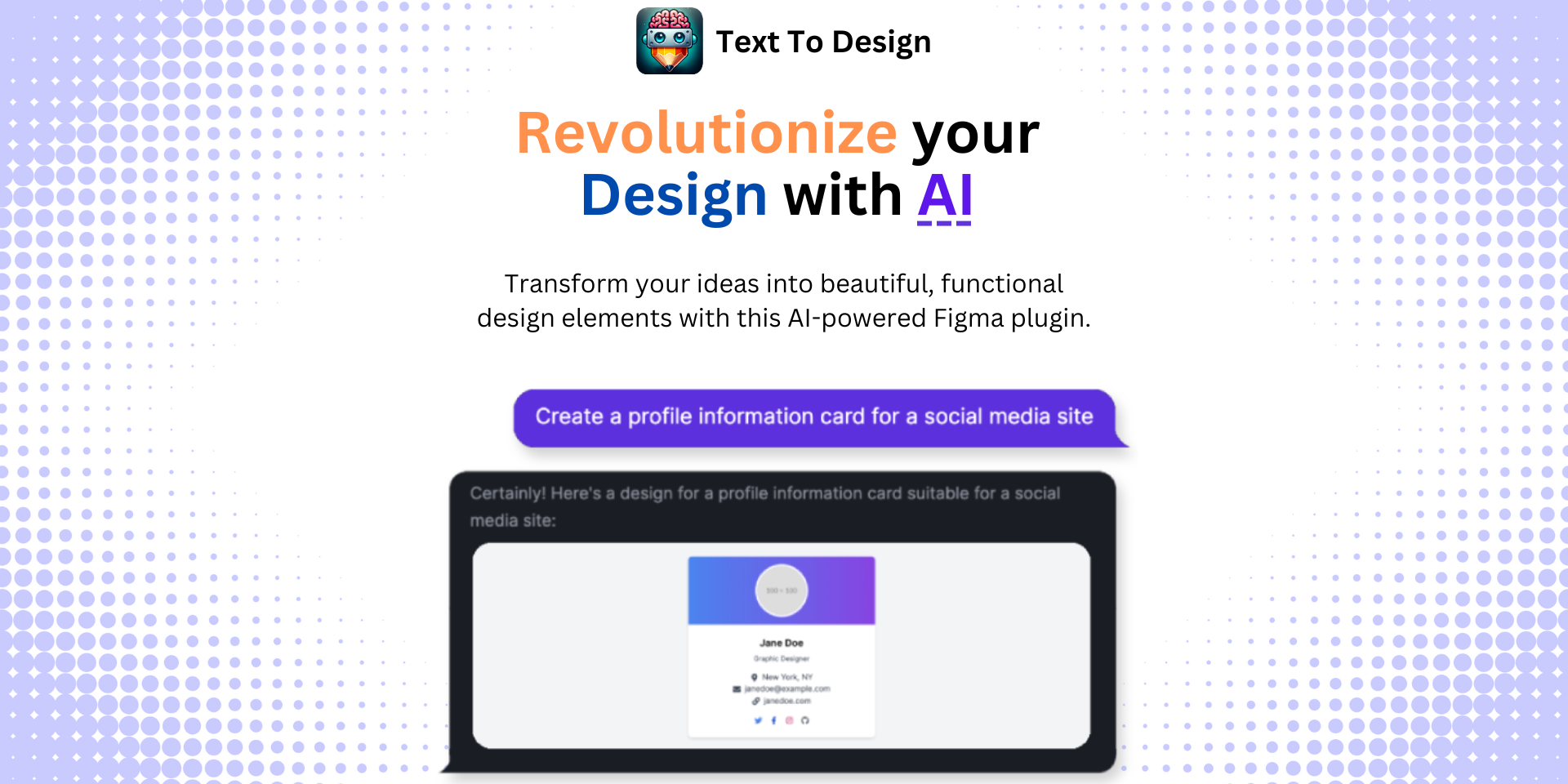Master the Figma API: A Comprehensive Guide for Designers
No results found
12/28/2023
Master the Figma API: A Comprehensive Guide for Designers
Introduction
Figma, the game-changing product design tool, has always been about collaboration and bringing the design process closer to everyone involved. The introduction of its API extended this philosophy beyond the confines of its built-in toolset, giving us the ability to automate workflows and create custom features1. However, the wealth of possibilities that the Figma API opens up can be overwhelming for designers unfamiliar with APIs. This comprehensive guide will help you understand and make the most of the Figma API.
Understanding the Figma API
At its core, the Figma API allows you to read Figma files, giving you the ability to view and extract any objects or layers, and their properties2. However, it's important to note that as of now, the API does not allow us to edit Figma files3. This means that while we can't directly manipulate our designs through the API, we can use it as a bridge to integrate Figma with other tools and automate various aspects of our design workflow.
Getting Started with the Figma API
To help you get started, let's delve into a practical example of how the Figma API can be used. We'll integrate Figma with Google Sheets using the Figma REST API4. For this, we'll need a tool called Apipheny, a free API connector for Google Sheets5.
You can follow the step-by-step guide provided by Apipheny to connect Figma to Google Sheets5. This could be particularly useful if you want to manage design data or design tokens in a spreadsheet.
Enhancing Your Workflow with the Figma API
Once you have a basic understanding of how the API works, you can start exploring ways to enhance your workflow. One approach is to automate repetitive tasks. For example, you might extract colors, typography, or other design tokens from your Figma files and export them to a format that can be used in your codebase6.
Another exciting possibility is to integrate Figma with other tools you use. For instance, you can generate live embeds of your designs in Notion or other documentation tools7.
The Power of Automation with Text to Design
While the Figma API provides a multitude of possibilities, it does involve a learning curve and might require basic programming knowledge. As designers, we might not always have the time or resources to delve into code. This is where Text to Design comes in.
Text to Design is a cutting-edge Figma plugin that leverages AI to transform your text descriptions into innovative design ideas. It's an invaluable tool for designers looking to streamline their workflow and boost their productivity.
Conclusion
The Figma API offers limitless potential to customize and automate your design workflow. By understanding and leveraging its capabilities, you can take your Figma workflow to the next level. Combine this with powerful tools like Text to Design, and you're well equipped to redefine your design process.
Further reading
For a more technical deep dive into the Figma API, you can refer to the official API documentation as well as the tutorial by Daniel Hollick on GitHub6.
Footnotes
Step Into the Future of Design with your AI Copilot
Join +40K designers revolutionizing their workflow with AI. Install our Text-to-Design plugin in just a few clicks to unlock your creative potential. Start for free and instantly generate designs for your project.
